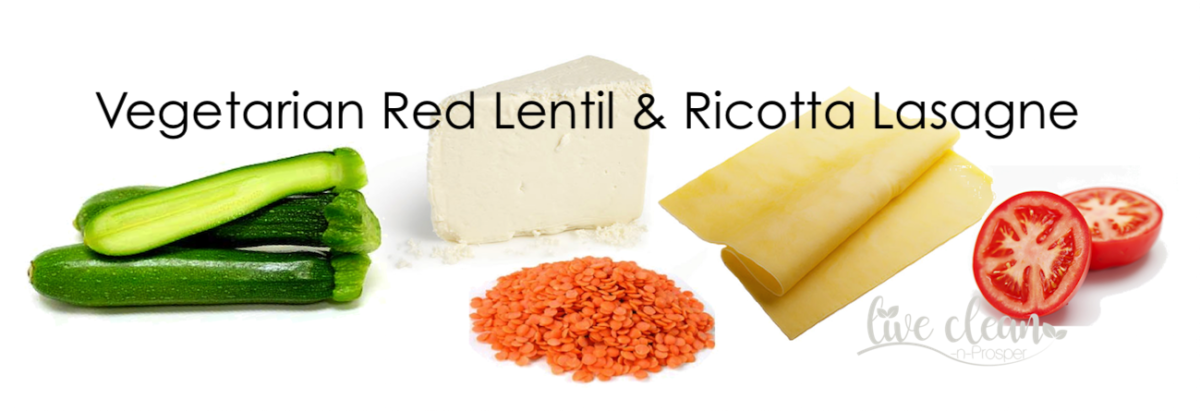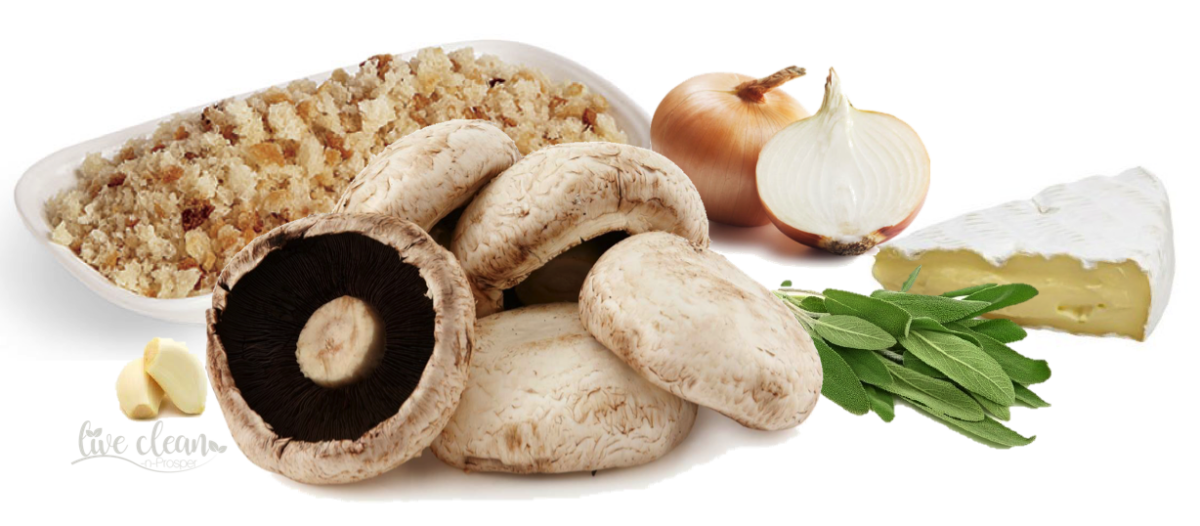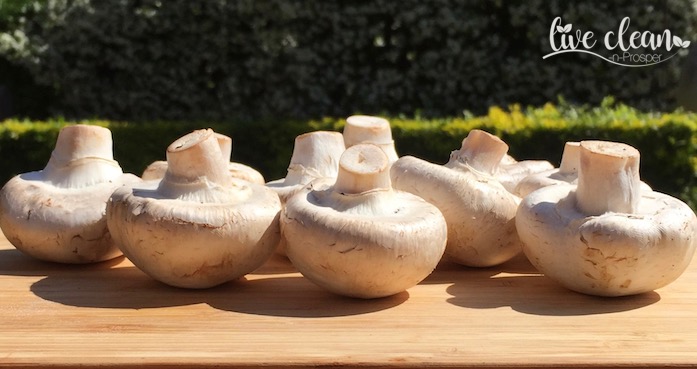Today I’m going to share a great vegetarian lasagne recipe I found in an old Australian Healthy Food magazine.
We have just returned from a quick get-away in Melbourne. The food at all the little cafés and restaurants is always great.
We went to this out of the way little Italian place and had the best lasagne and tortellini. Though these were not vegetarian dishes it did remind me of this recipe and I thought I would share it.
This Vegetarian Lentil and Ricotta lasagne is full of flavour, quite filling and is a great way to get more vegetables into your diet. I halved the below recipe and it fed 2 people for 2 nights.
Vegetarian Red Lentil and Ricotta Lasagne.
Ingredients
½ cup red lentils
2 teaspoon Olive oil
3 garlic cloves – crushed
1 large onion – chopped
1 small red capsicum (**I left this out as we don’t like capsicum)
**I added sliced mushrooms instead
2 zucchinis – sliced
1 stalk celery – sliced
2 x 420g cans diced tomatoes
2 tablespoon. tomato paste
1 teaspoon dried oregano
1 ½ cups ricotta cheese
12 lasagne sheets (I use Gluten Free sheets)
½ cup grated cheddar cheese
¼ cup grated parmesan cheese
White Sauce ingredients
1/3 cup corn flour
3 cups milk
½ teaspoon ground nutmeg
¼ cup grated parmesan cheese
Method
*Preheat oven to 180 c.
*Rinse the lentils then put them in a pan with enough boiling water to cover them. Simmer for 30 minutes then drain.
*Heat oil in a large pan and add garlic & onion. Cook for approx. 2 minutes. Add the celery, capsicum and zucchini and cook for 2 -3 minutes.
*Add lentils, tomatoes, tomato paste, oregano and 1 ½ cups water. Bring to the boil, then reduce heat and simmer for approx. 30 minutes.
*Meanwhile make the White Sauce.
*Mixing the corn flour with 2 tablespoons of milk until smooth. Pour into a saucepan with remaining milk and stir over low heat until the mixture thickens. Add the nutmeg and add pepper to taste.
*Put the ricotta into a bowl and mix in ½ cup of white sauce.
*Spread a layer of tomato lentil mixture over the base of your lasagna dish. Then put a layer of lasagna sheet. Add another layer of tomato lentil mixture and top with a layer of the ricotta mix.
*Keep layering the lasagna sheets and then tomato and ricotta layers till done.
*Pour over the white sauce and sprinkle with the grated cheeses.
*Bake for an hour, covering with foil if the top starts to brown too much.
Let it stand for about 5 minutes before slicing and serving.
Enjoy.
Till the next post,
Live Clean and Prosper



